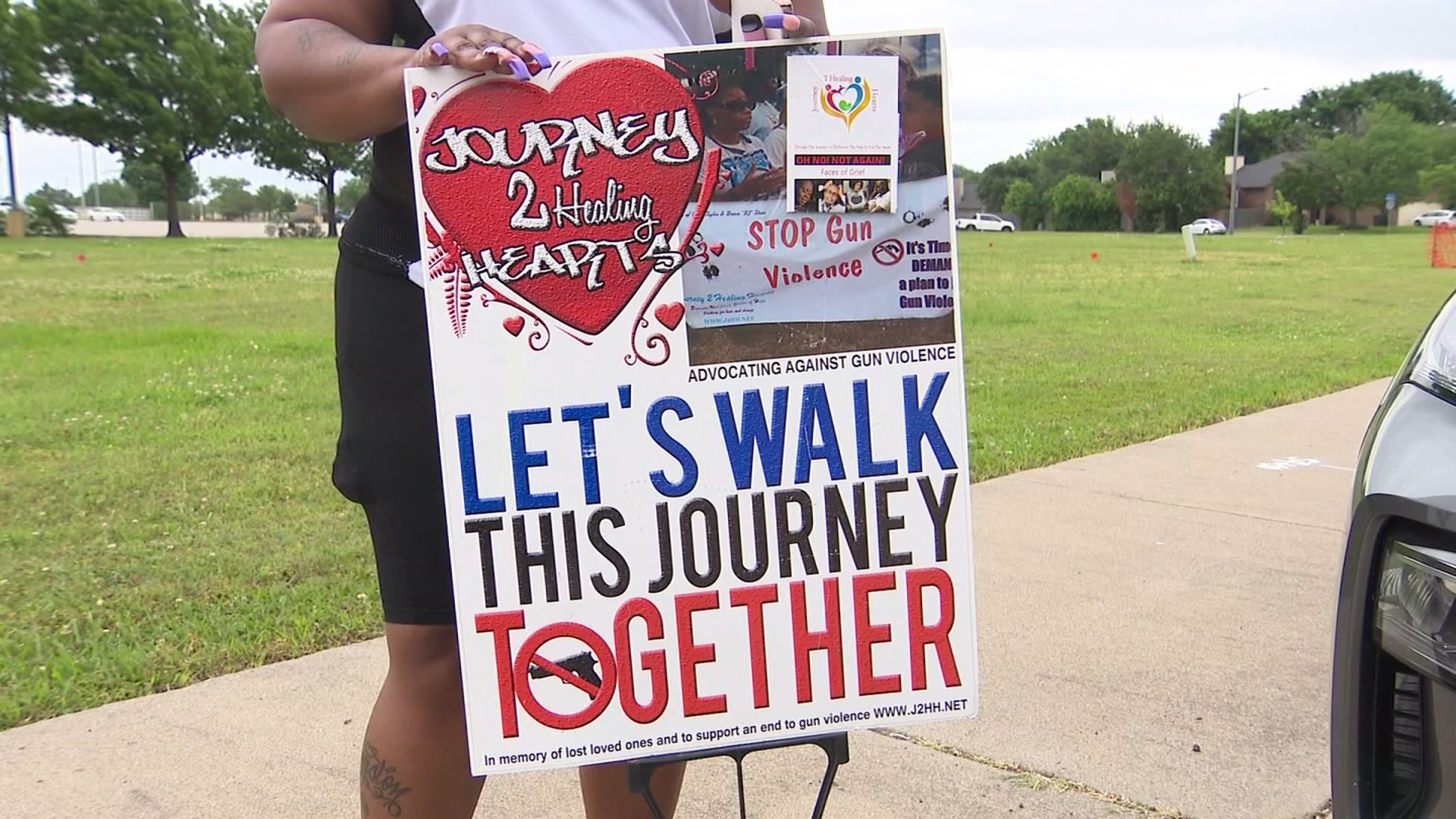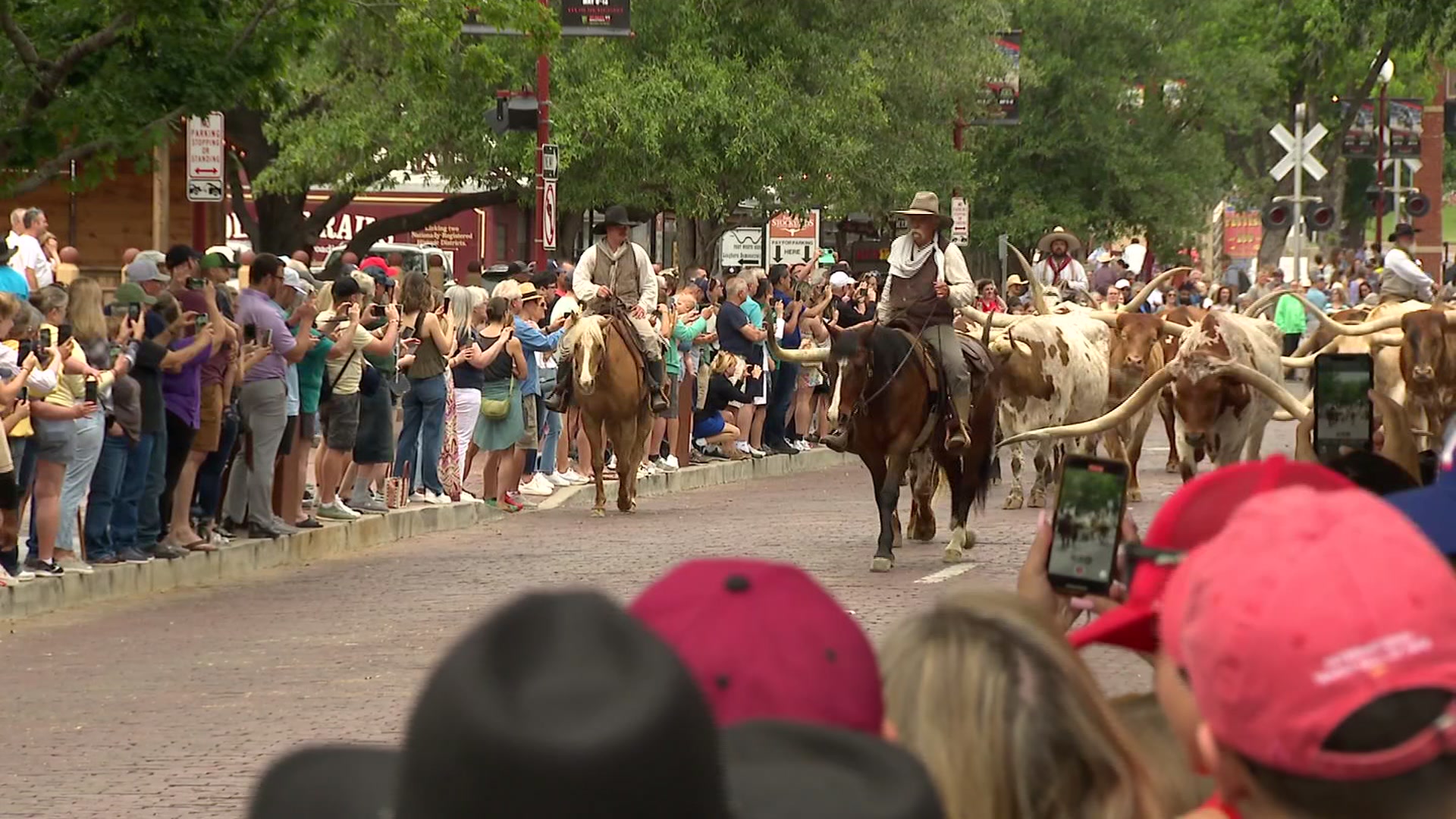A foal named Mouse is another first for Texas A&M University College of Veterinary Medicine and Biomedical Science.
But this isn't just your average foal, according to a news release from the university -- this is the first such clone in the world.

“I’ve always liked having three horses to ride,” said Kit Knotts, proud owner of Mouse. “I called and e-mailed breeders to spread the word that I was looking. Everything I could turn up was either too small, too young, too old, not quite sound, etc. I realized I didn’t want just another horse to have another body in the barn, I wanted another Marc.”
Marc is Knotts' prized Lippizan stallion, and that is what lead her to Texas A&M.
“My local veterinarian, Dr. Brad Newman, mentioned that Texas A&M was cloning, but it was when Dr. Adam Eichelberger joined Newman Equine that we began to pursue the possibilities," said Knotts.
What makes this foal different from other cloned foals is it was produced using oocytes, or eggs from live mares, much like a woman would go through in vitro fertilization. The process was two years in the making.
Local
The latest news from around North Texas.
Cloning isn't new to Texas A&M. The university was the first to clone white-tailed deer in 2003 and a calf from an adult bull in 1999. And who could forget copy cat, the world's first cloned cat.



